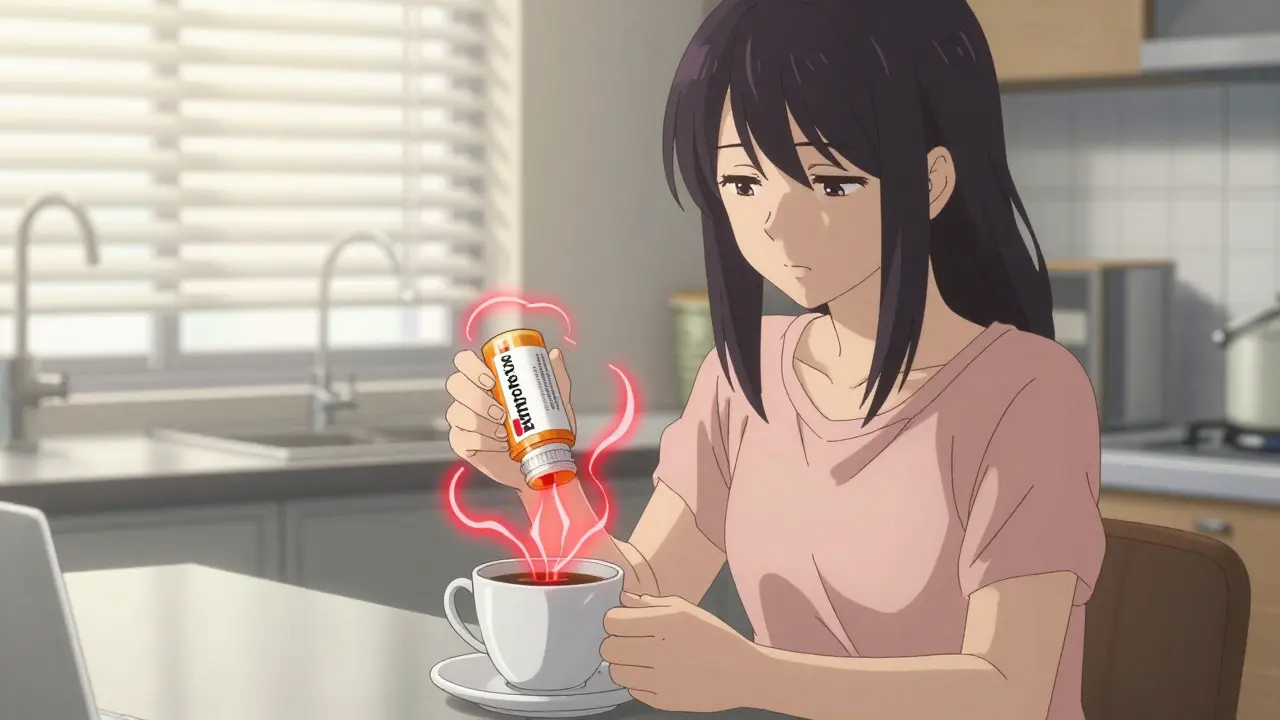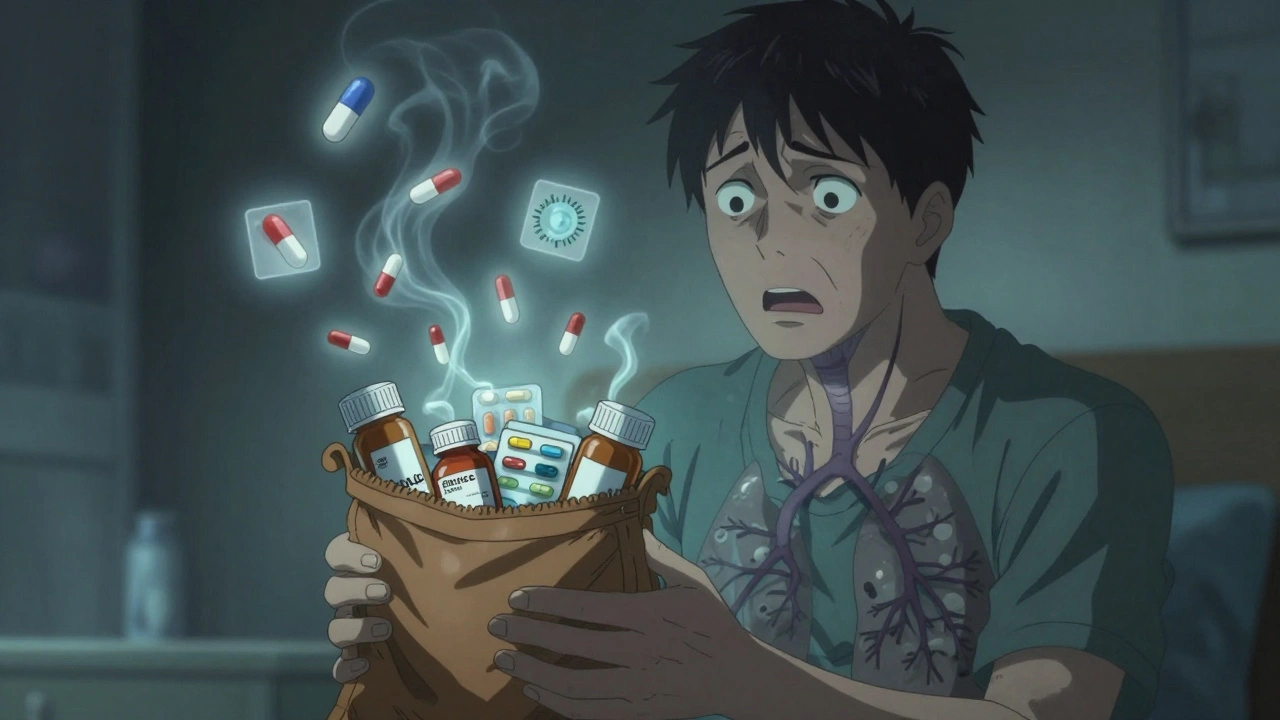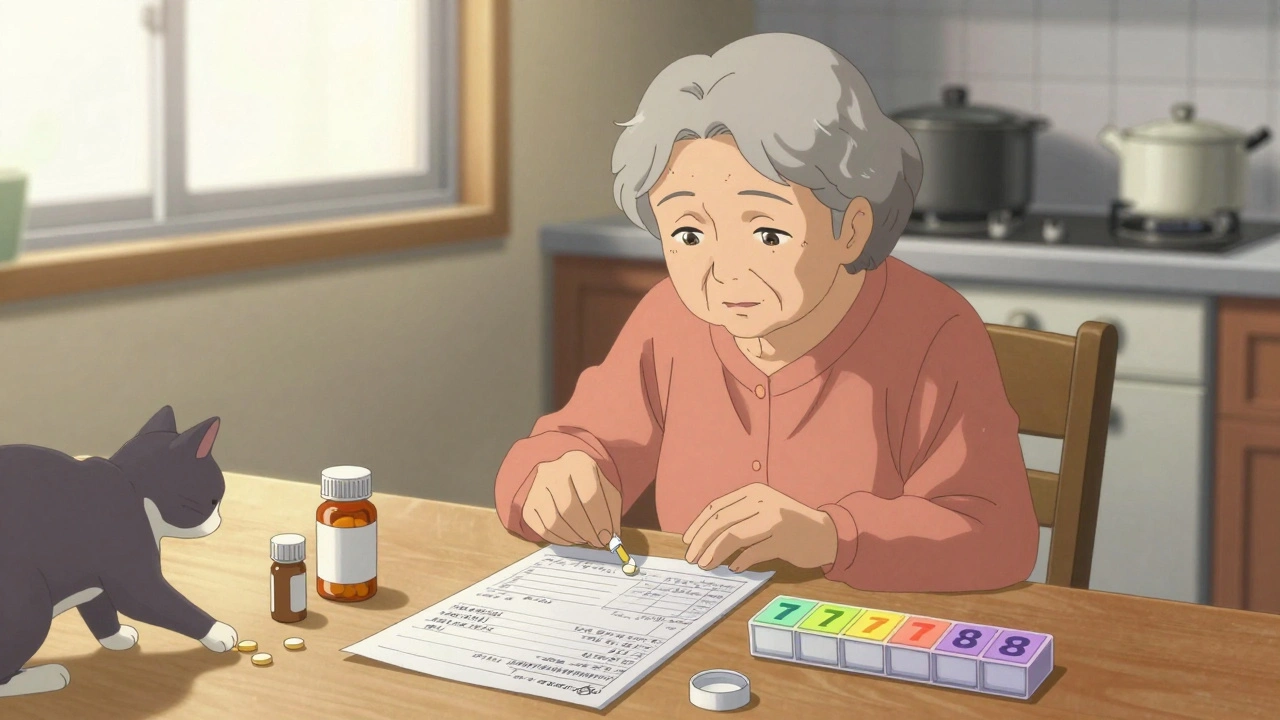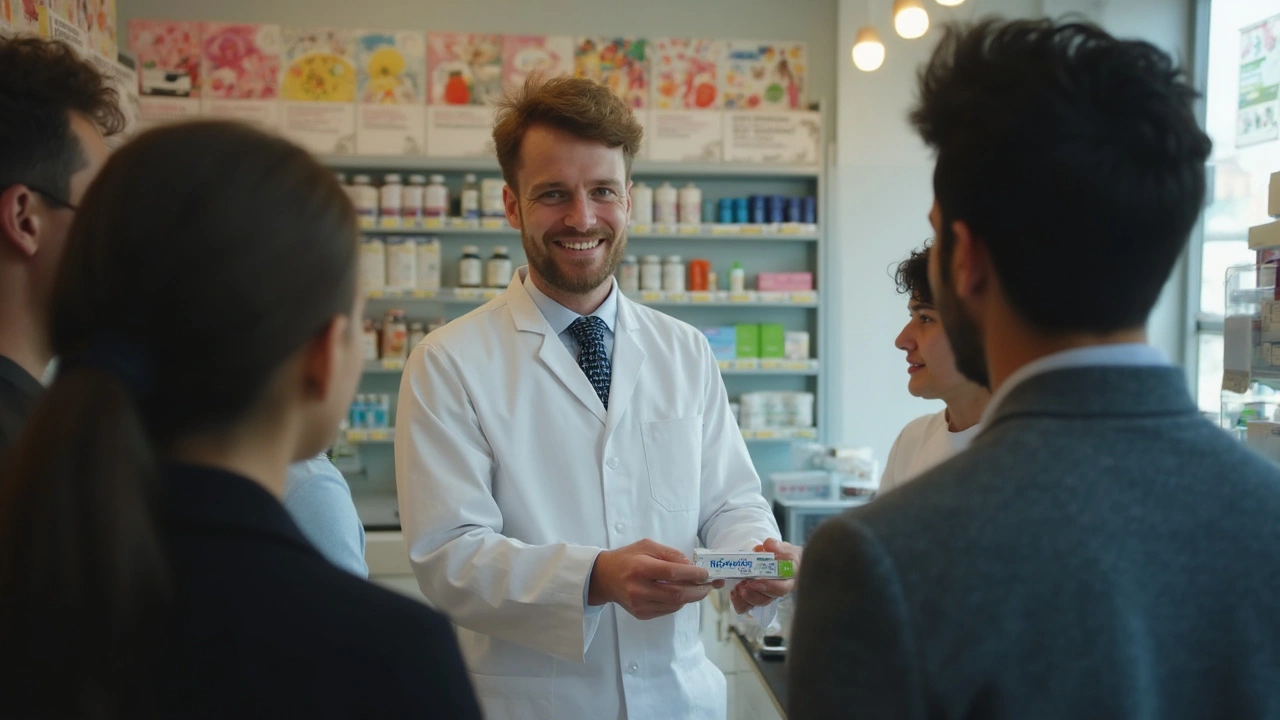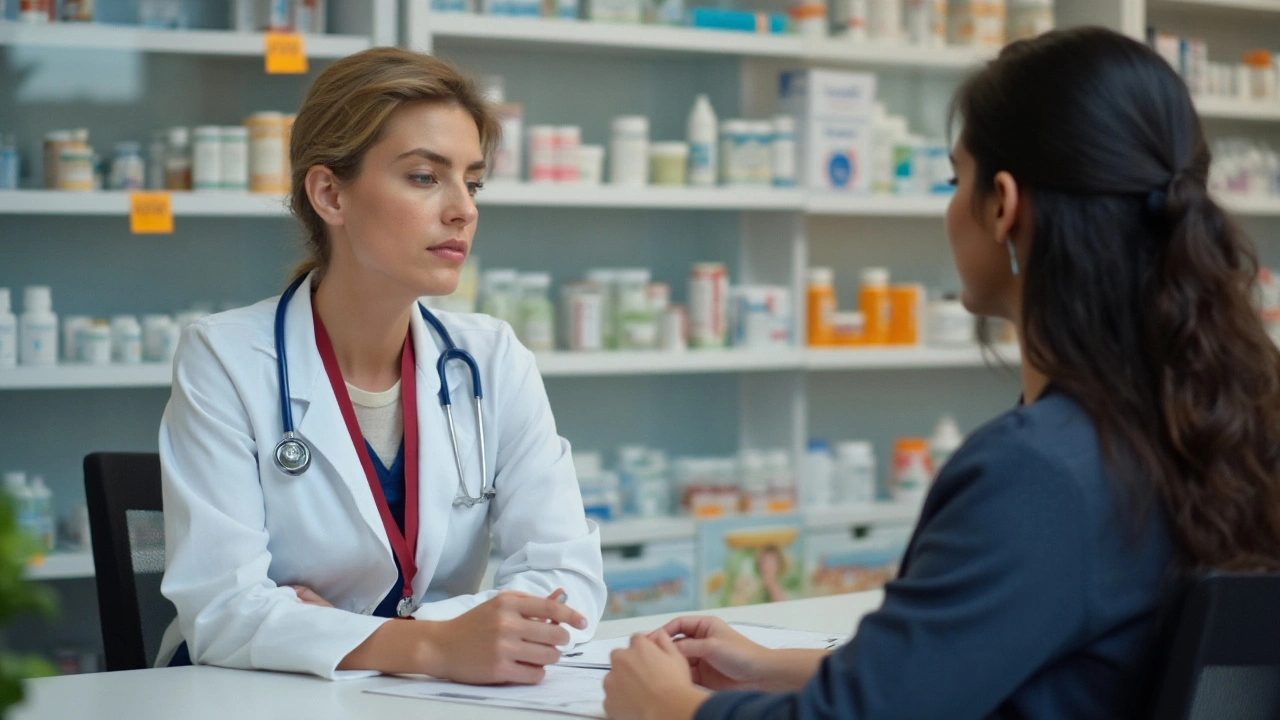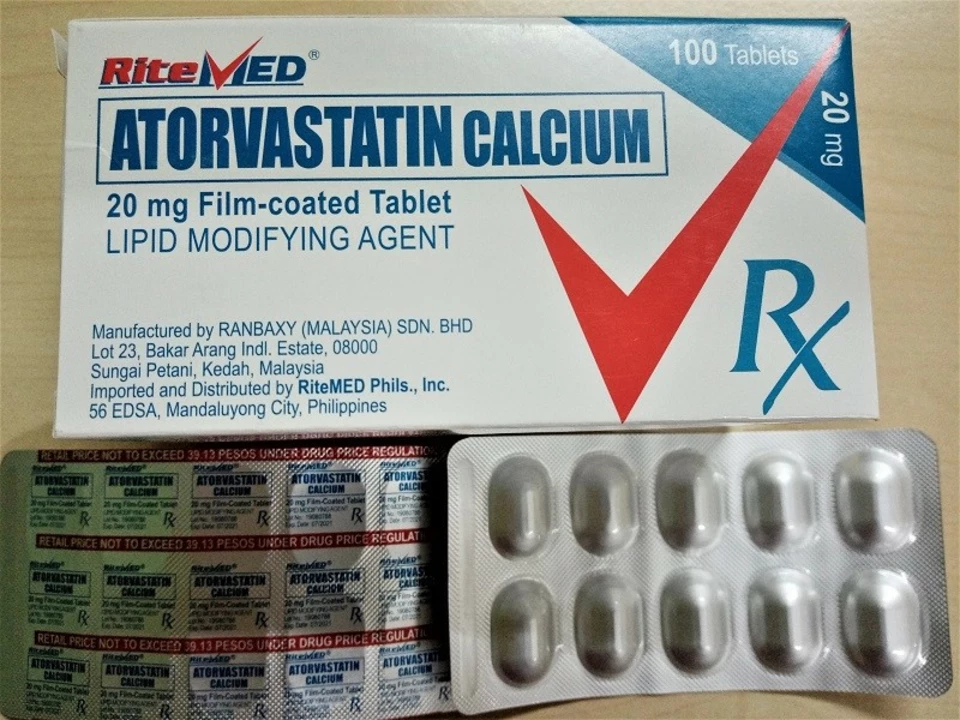Drug Interactions – What They Are and How to Avoid Problems
Ever taken two meds and wondered if they’re fighting each other? That’s a drug interaction. It happens when one medicine changes how another works, making it less effective or causing unwanted side effects. Knowing the basics can save you from headaches, nausea, or more serious issues.
Common Interaction Types
The most frequent culprits are enzymes in your liver, especially the CYP450 family. One drug might block these enzymes, letting another medication build up to risky levels. For example, grapefruit juice can halt CYP3A4, so if you’re on a cholesterol pill like simvastatin, drinking that juice could raise the drug’s concentration and increase muscle pain risk.
Another type is additive side effects. If two drugs both cause drowsiness—say an antihistamine and a sleep aid—you might feel overly sleepy or have trouble concentrating. Interactions can also be antagonistic: one medication may undo what another tries to do, like taking a diuretic with a blood pressure drug that raises fluid retention.
Practical Steps to Prevent Bad Mixes
First, keep an up‑to‑date list of everything you take—prescriptions, over‑the‑counter pills, vitamins, and herbal supplements. Share this list with every doctor, pharmacist, or telehealth provider you see.
Second, use reliable online tools. Websites like Drugs.com, Medscape, or the FDA’s interaction checker let you type in two drugs and instantly see warnings. Mobile apps such as Medisafe also send alerts when a new prescription could clash with your current meds.
Third, ask questions before starting any new medication. A quick "Will this interact with anything I'm already on?" can spark a useful conversation about alternatives or dosage tweaks.
If you notice unexpected symptoms—like sudden dizziness after adding a supplement—it might be an interaction. Don’t ignore it; call your pharmacist or doctor right away to rule out a dangerous combo.
Lastly, avoid known food‑drug combos that cause trouble. Grapefruit juice is the classic example, but other foods like high‑vitamin K leafy greens can affect blood thinners like warfarin. A short chat with your healthcare team about diet helps keep everything in sync.
Drug interactions aren’t always scary, but they do need attention. By staying organized, using simple online checks, and keeping the conversation open with professionals, you can protect yourself and get the most out of every medication you take.
